


Time: 2012. 03. 10
Place: Sichuan
People: Wild Cat
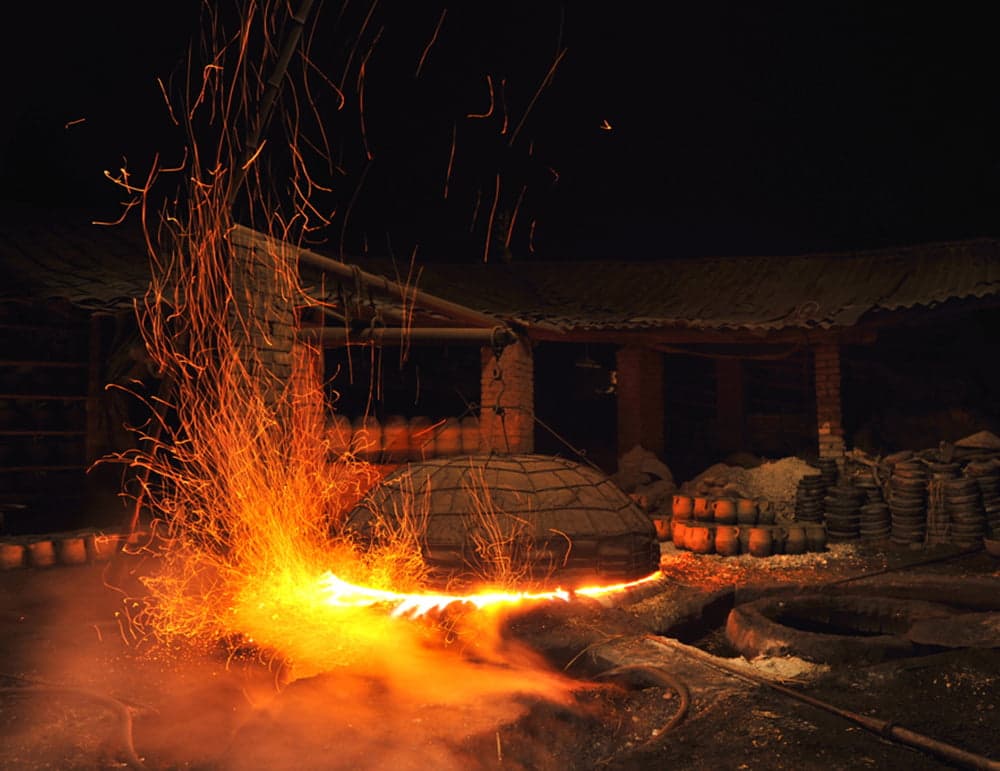
A good design team should open its mind, broaden its horizon, observe and take in the heritage of tradition to stimulate thinking and judgment, and to make helpful efforts. Outdoor researches and technology records should be normal parts of our daily work. Yingjing, located on the western boundary of the Sichuan Basin and the middle of the Yaan District and called Yan Path, is an important courier station of the southwestern part of the Silk Road in ancient times.
The black ceramics boasts a history of almost a hundred year. A dozen factories gather in a narrow street, producing two types of wares—the alms bowl and the pot. The former is used to stew soup or other stuff, while the latter is mainly used to boil traditional Chinese medicine. The products are sold to the whole Sichuan and Chongqing, even other parts of China.
The Gucheng Village of Yingjing is near the Yandao ruins, which abounds with a sort of yellow-white clay, extremely fine and sticky. This clay, called Baishan Clay by the locals, is the main material of Yingjing clay pots. After being dried, grinded, and blended with coal powder according to a certain proportion, Baishan Clay becomes the world-famous black sand.
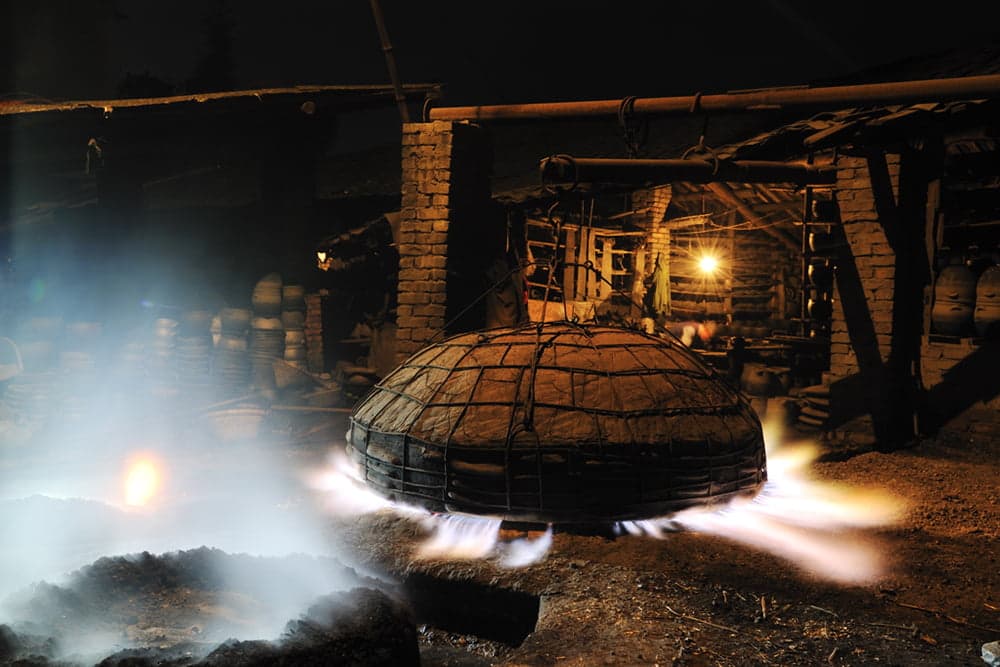
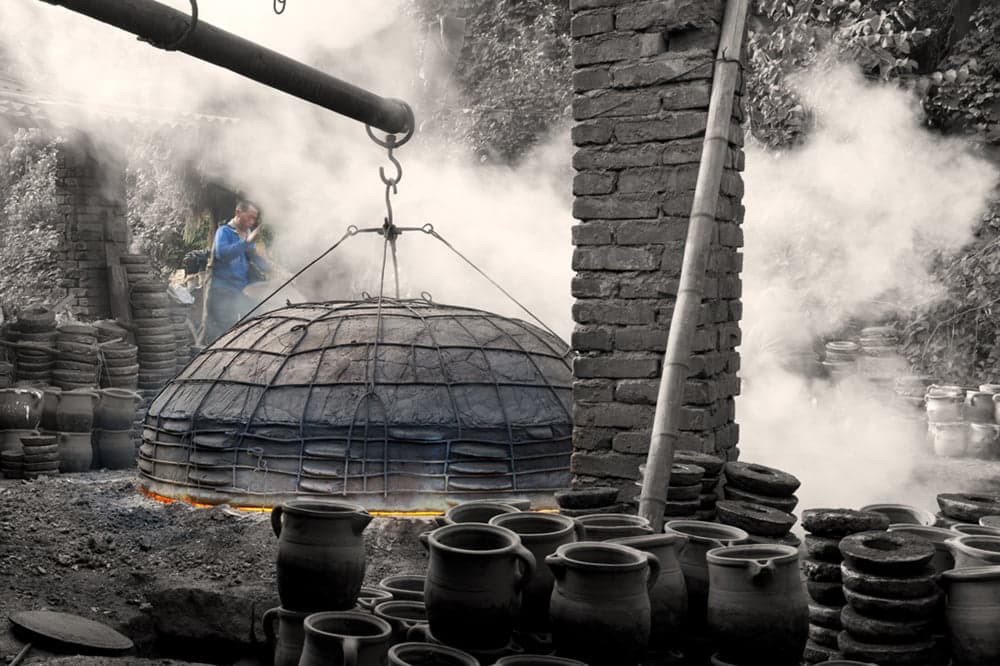
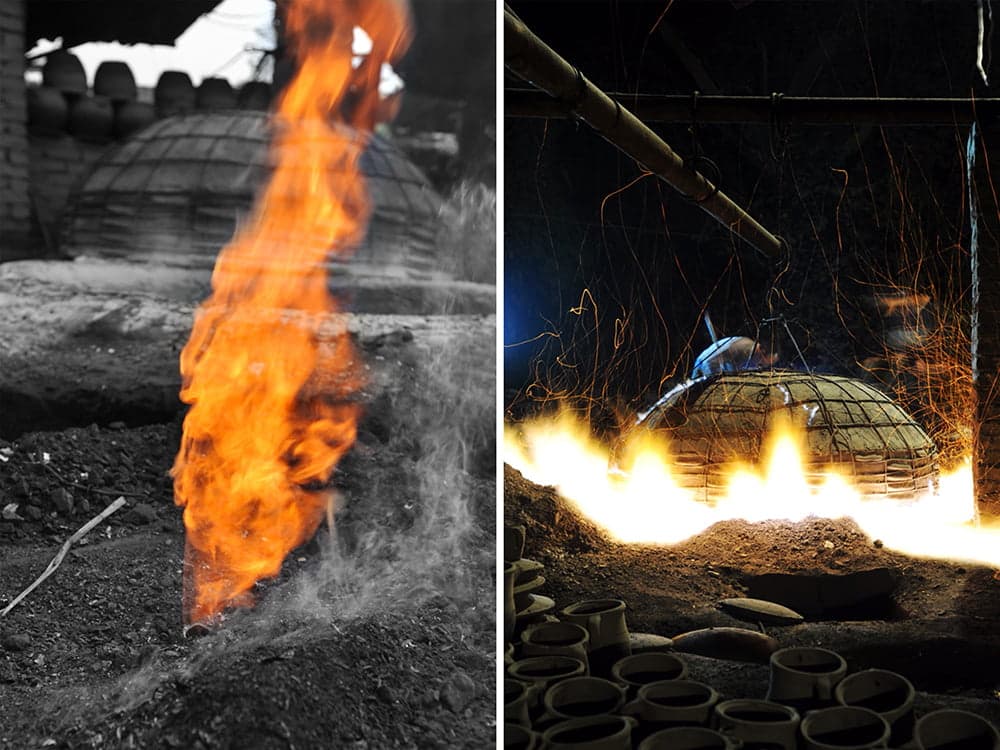
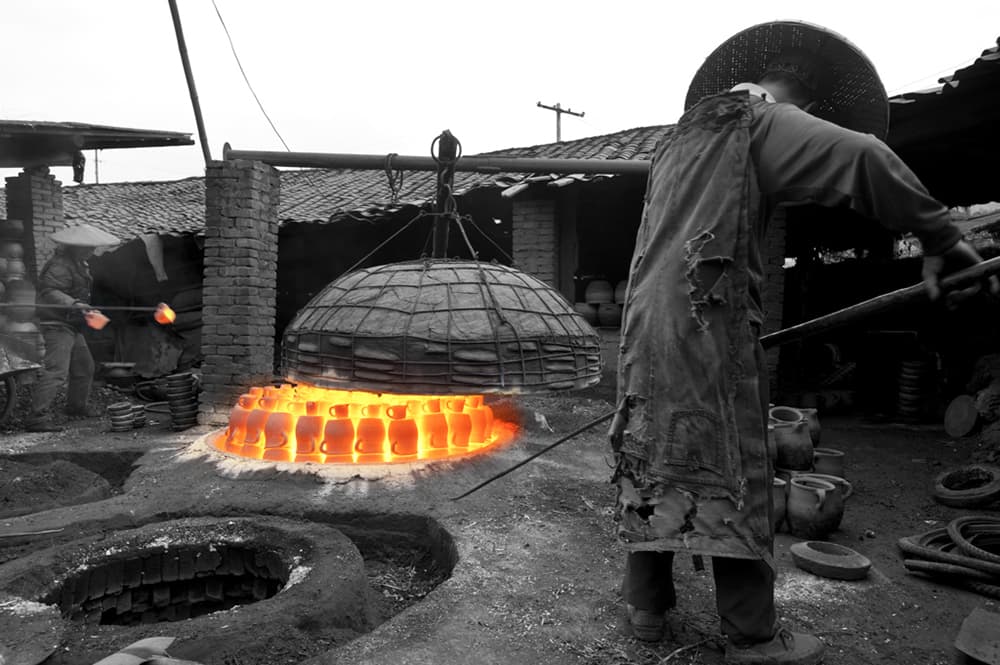
There is no mould for Yingjing clay pots, which are totally decided by the hands of craftsmen. They can make adobes and applique and sculpt even in a dim house. The kilnmen have to make fire as early as 3 a.m. or 4 a.m. everyday, and fire the adobes in the steamed bun kilns. Fire raging in the stove, workers array adobes one by one in the kiln, and lid by a huge pair of iron pincers. After about an hour, the clay pots are finished. The Yingjing clay pots are fired at the temperature of 1200℃. Once the fire is made, flame blaze out of the hole, which is such a spectacular scene. However, the payment of the kilnmen, who work hard firing clay pots under high temperature every day, is not so high. If finished, they move clay pots to another hole, pour in oily cunninghamia powder and cover with a layer of coal, which are quenching and glazing. Glazed clay pots are mainly red, silver gray and black, with dazzling glow. Yingjing clay pots are characterized by quaint and decent appearance, unique glaze colors, thermal resistance, corrosion resistance and discoloration resistance. While used to cook, clay pots have no chemical reaction with acid, alkali and salt. Even in hot summer, the cooked food will not deteriorate in clay pots as long as twelve hours. Yingjing clay pots can be used to cook, boil water and store water and foodstuffs. There is a distinctive flavor to use a clay pot to stew meat, with well done meat and tasty soup. What’s more, clay pots are indispensable in the famous Sichuan dish Clay Pot Fish. The prosperity of firing Yingjing clay pots did not last. Before 2006, there were more than a hundred workshops firing clay pots in Liuhe County, forming a large-scale street of clay ware. The costs of coal and labor force rise, so does the cost of clay pots. But the price remains. Due to the low profit, dozens of clay ware workshops close down one after another. Up to now, only a few are still struggling, two or three of them are of scale. I hope that traditional technique of Yingjing clay pots can be passed generation by generation. But how? Reflection and change are needed.
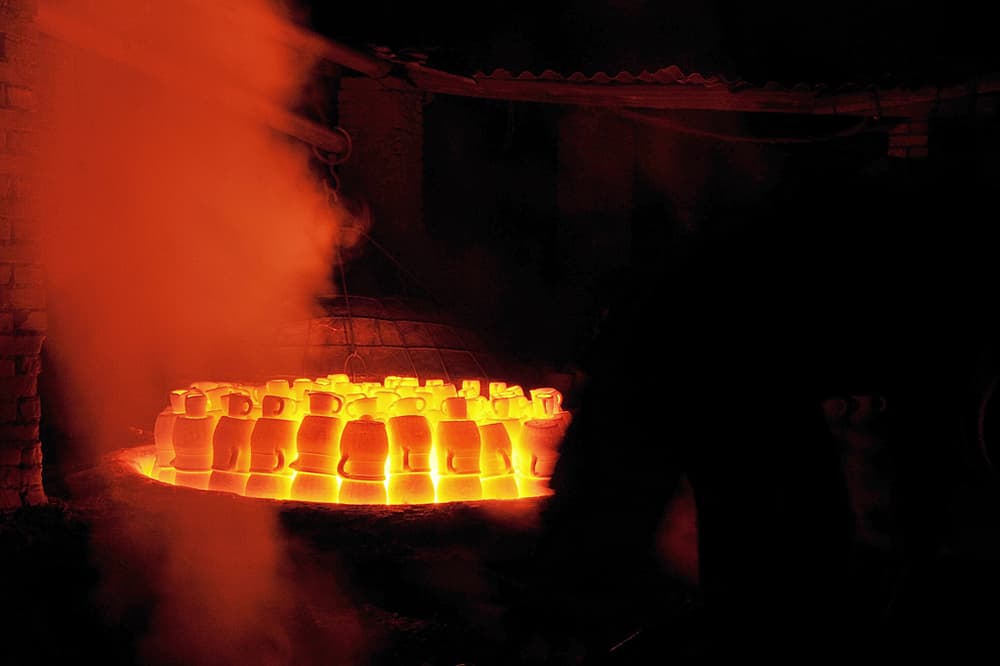
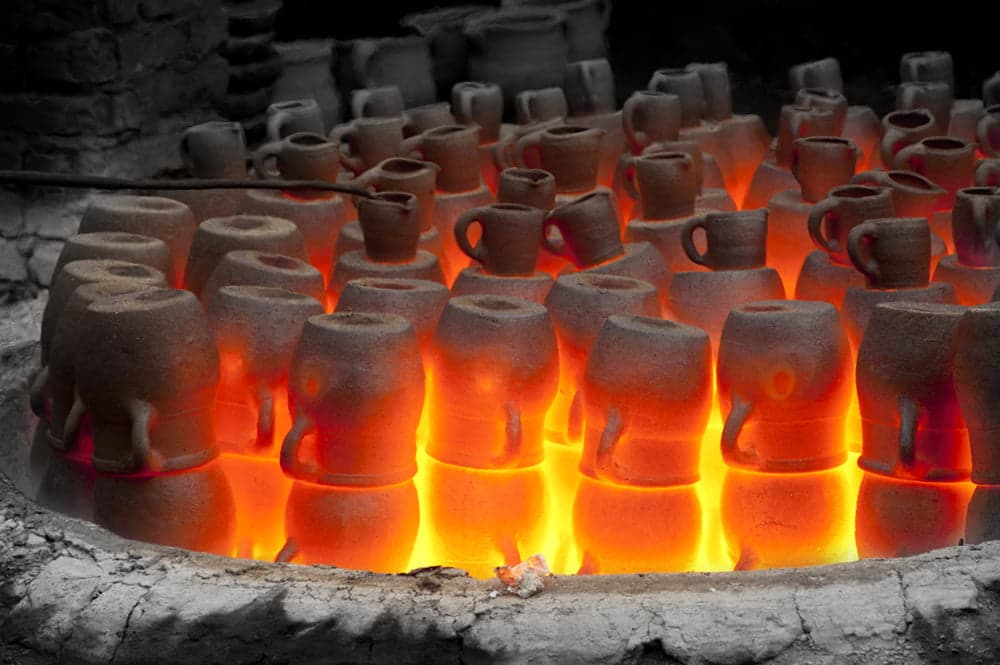
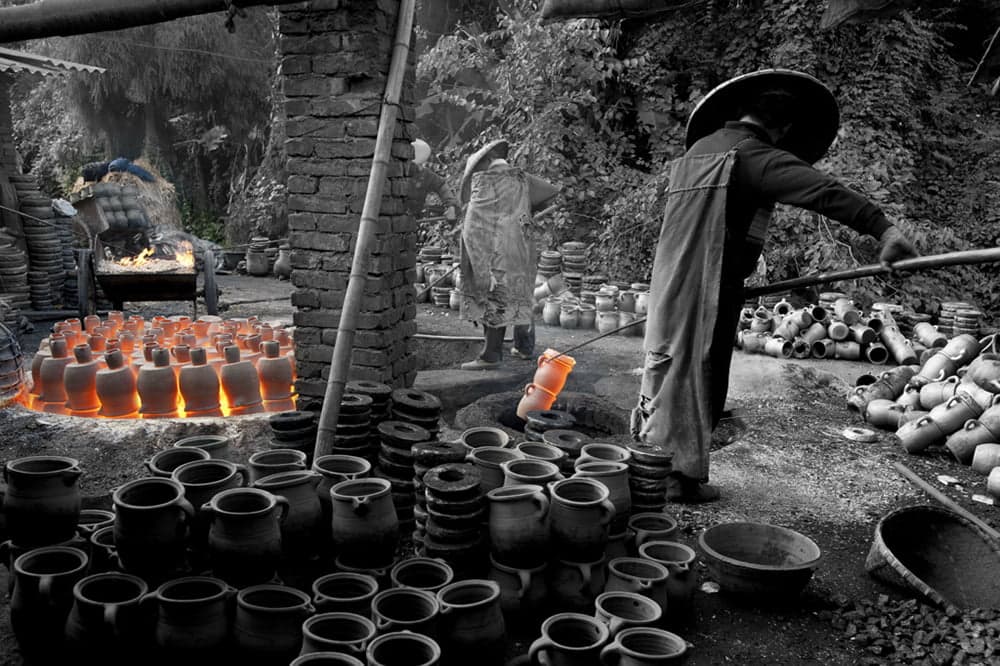
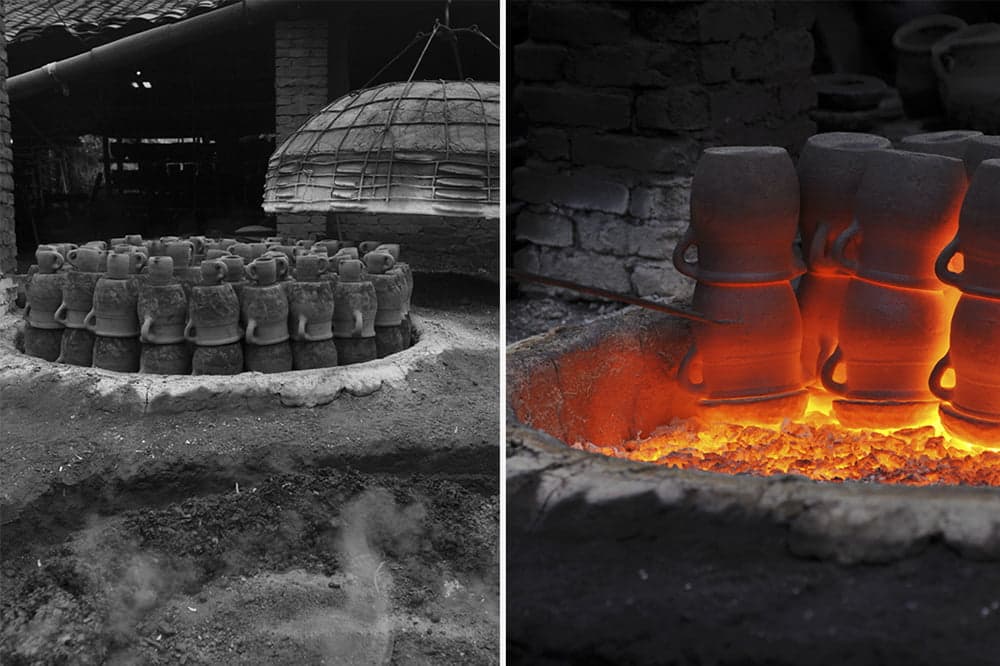
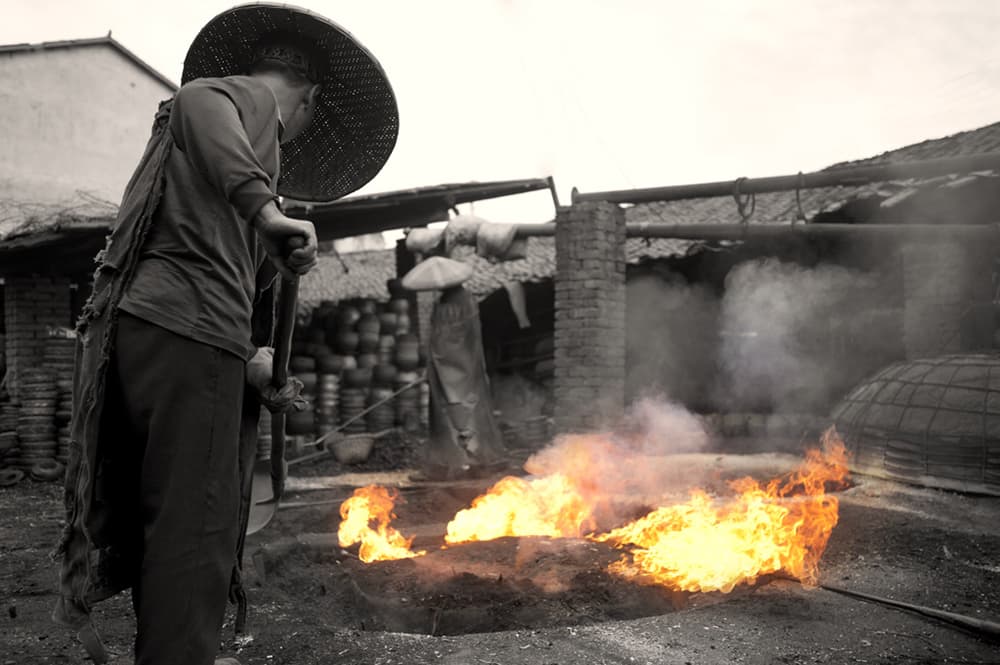
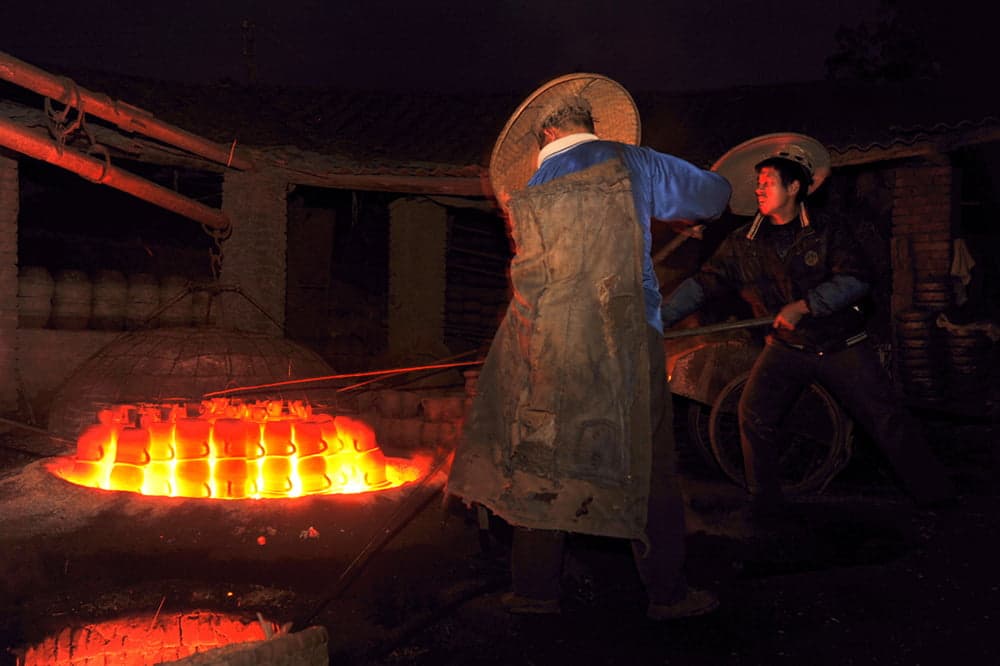
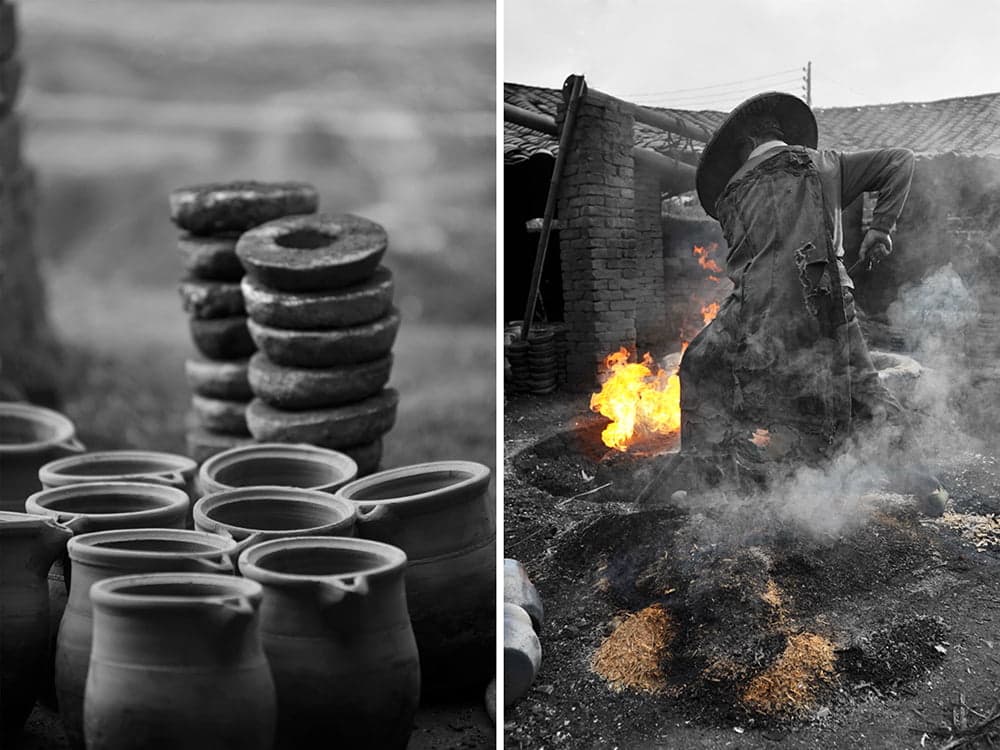
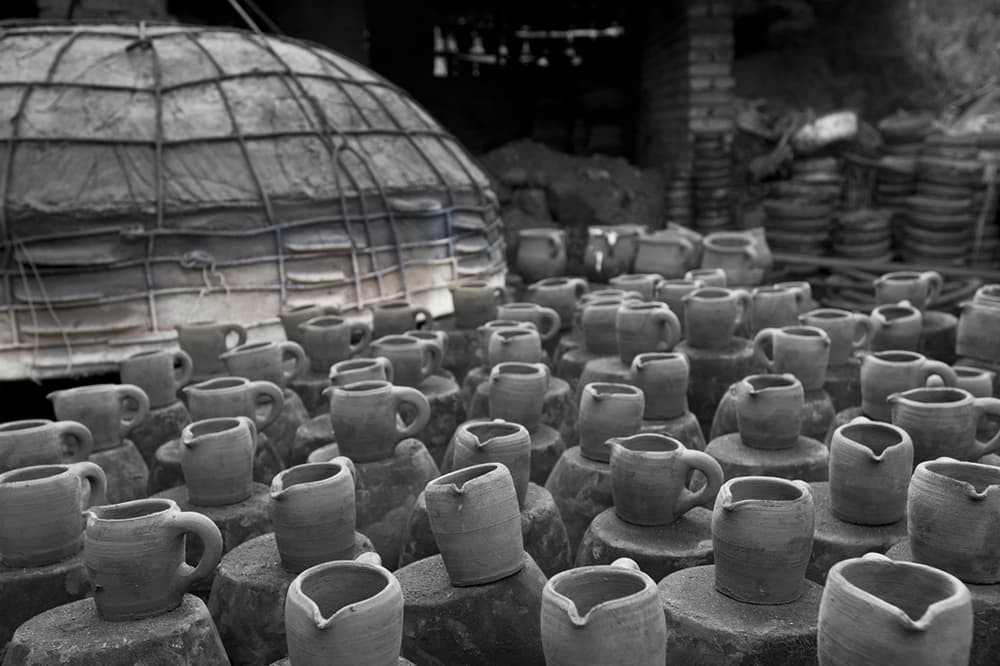
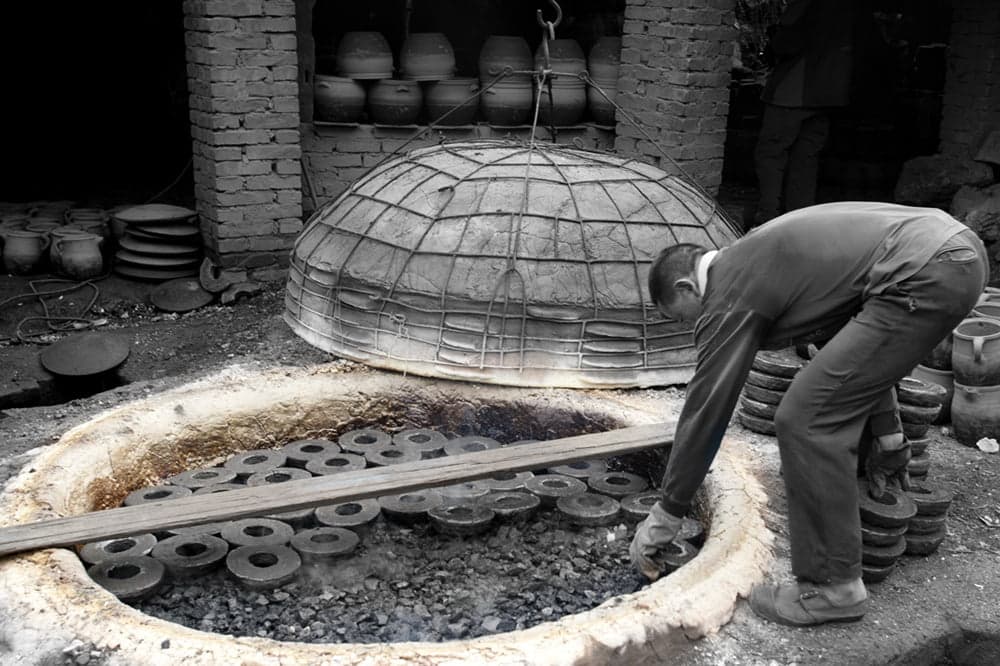
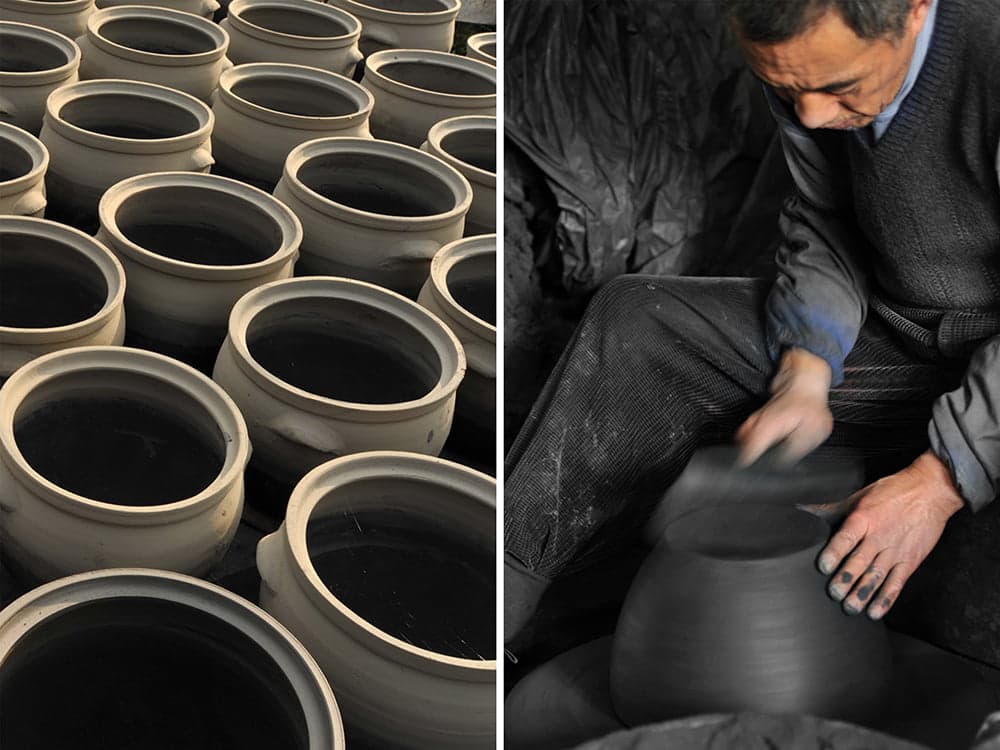
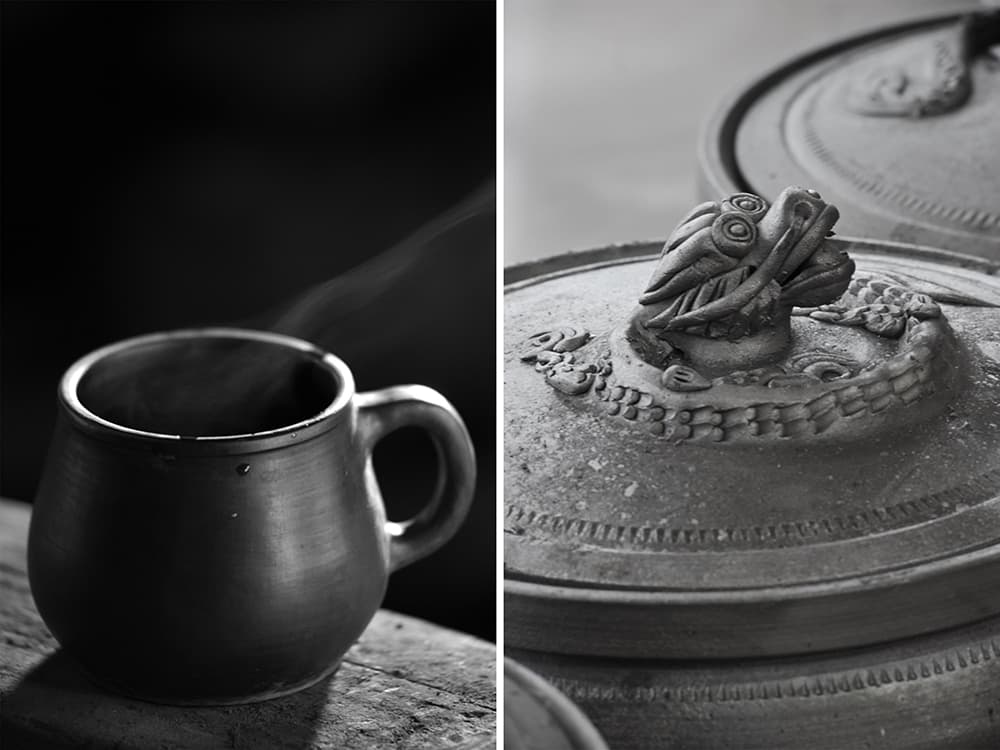

- Contact
+8620 8977 0506
- Press
press@bentudesign.com
- Enquiry & Sales
info@bentudesign.com
